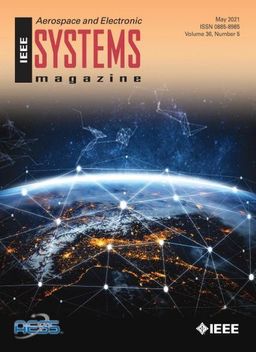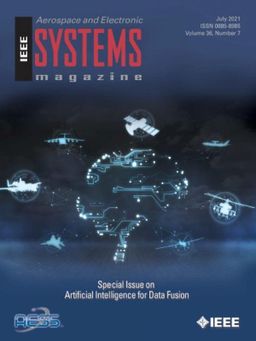Hakkında
Unvan:
Dergi
Okurlar
3 okur beğendi.
8 okur okudu.
Sözler ve Alıntılar
kendime not #2
Flight Demonstration of a Hybrid Battery/Supercapacitor Energy Storage System in an Earth Orbiting CubeSat
The JPL/CSUNSat1 project successfully demonstrated a
hybrid ESS consisting of a Li-ion battery and SC technologies
in flight onboard a 2U tumbler CubeSat. Both the
primary and extended mission phases were completed successfully.
The performance characteristics of the payload
hybrid ESS in flight were in excellent agreement with
ground test results, particularly with respect to the percent
of capacity contributions between the Li-ion cell and the
SC. The large differences in internal resistances from
flight experiments as compared to ground tests were attributable
to significant ohmic resistances of the payload battery
interconnects (i.e., leads, connectors, etc.) and not
due to the inherent cell impedances. Despite operating in
LEO, the spacecraft was able to achieve sub-zero temperatures
critical for flight experiments on JPL’s cold capable
hybrid ESS.
Sayfa 36Kitabı okudu
kendime not #1
We analyzed real flight traces from FlightRadar24
toward the needed data rate for data transfer from the aircraft
to the ground. To achieve this, we compare the duration
of the flight with the duration on ground. We study
two different options: 1) transferring data per flight or
2) per day. We show that if we transfer data per day, the
needed data rate decreases up to 47% compared with per
flight. We also vary parameters such as flight time or aircraft
size. We conclude that long-haul flights are the most
challenging flights. We show that, with today’s 4G
networks, it is feasible to support up to 65.9 GB generated
per flight hour, which increases to 4.4 TB with 5G. Hence,
5G is a promising technology to transfer a massive amount
of data from the aircraft to the ground. We also highlight
the challenges of deploying an aircraft data transfer system.
These are, among others, to provide a worldwide
availability or to provide a sufficient data rate to cover all
aircraft at one airport. Additionally, an analysis on the
data processing needs to be conducted. If a part of the data
could already be processed at the aircraft, the data rate
needed for transfer on ground can be reduced.
Sayfa 16Kitabı okudu
İletiler
Henüz kayıt yok
Yorumlar ve İncelemeler
Henüz kayıt yok



